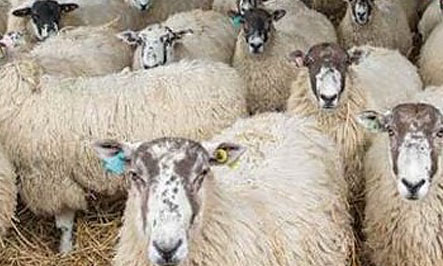 Nutrition of the pregnant ewe clearly has a major impact on the success of lambing time – 75% of lamb growth happens in the final 6 weeks of pregnancy so getting feeding right is critical to minimise problems like twin-lamb disease and maximise lamb survival. Every lamb counts.
Nutrition of the pregnant ewe clearly has a major impact on the success of lambing time – 75% of lamb growth happens in the final 6 weeks of pregnancy so getting feeding right is critical to minimise problems like twin-lamb disease and maximise lamb survival. Every lamb counts.
The best way of testing the feeding ration is by blood testing the ewes during the last 3-4 weeks before the start of lambing. At least 5 from each management group (twins, triplets, ewe lambs) should be sampled. If scanning is not done then 20 random sheep can be sampled instead.
Lab results from the last 6 years of routine blood testing have shown that:
- 12% of individual sheep had poor energy status prior to lambing.
- 15% of groups had low urea nitrogen levels indicating a shortage of available dietary protein.
The results are interpreted along with condition scores and details of the diet fed to each group to formulate recommendations of diet changes that are needed. By sampling ewes in this precise time period, there is still enough time to alter the diet before lambing begins.
Worming Ewes at lambing time (when their immunity is at its lowest) is important to reduce the amount of eggs subsequently shed onto the pasture for the lambs to be exposed to.
To control this ‘periparturient rise’ the current SCOPS advice is to target worming at or just after lambing, when egg output is at its highest.
The worm population at once (very little on the grass) there is higher risk of selecting for resistance at this time. Therefore, it is recommended that we leave as many ewes untreated as possible – only ewes that are thin, or those that are carrying multiple lambs should be treated.
Also try to avoid using ‘long acting’ moxidectin products as resistance to these products in increasing in both worms and sheep scab.
Don’t forget the Heptavac P.
Clostridial diseases such as lamb dysentery and pulpy kidney, and Pasteurella infections are some of the biggest killers of lambs in the first few weeks of life.
Good lamb immunity can be conveyed via colostrum by vaccinating the ewes (and giving booster doses) at least 4-6 weeks before lambing so it will soon be the last chance to get those March lambing ewes boosted and ready to go.





